Why the mood matters
Let’s think about the basics
At the risk of preaching to the choir, I want you to imagine two restaurants. One of them has a symmetrical logo… golden… arch-like… Picturing it? Walk in the doors, look around. What do the chairs look like? How do people order? Got the experience in your mind? Great. Moving on. Now, restaurant two is darker. Slightly moodier. They bring you breadsticks, and sometimes put too much cheese on the salad. (Kidding, there’s no such thing as too much parmesan.) You might say when you’re there, you’re home. Picturing it? Got the experience?
First of all, hopefully it was aggressively obvious that I was talking about McDonalds and Olive Garden. Both of which have SUPER different brand experiences – but given some vague (okay maybe not THAT vague) descriptions, you could imagine being in their restaurants. You know who’s ad it is when you hear “When you’re here, you’re home.” You know what to expect, and you know what your experience is loosely going to be like. And all that? It was communicated from the tone set by their visuals and messaging. Including the brand photography used in their ads, and on their websites. That level of brand consistency is what we’re aiming for when we figure out what mood we’re going to use for your brand images. And therefore, what mood we should inject into your styling!

Choosing the Mood
Where do we start?
If you’ve worked with a professional brand designer, it’s likely that you’ve talked about all this before. But on the off chance that you haven’t, the biggest thing to consider when you’re choosing a mood, is how you work with your clients. It’s easy to instead start with what you do, but you miss out on a ton of nuance that way! Let’s take a law firm, for example. Specializing in… constitutional law, or something. That’s great, and there are about a million of them across the states. The “what” in their (your) process isn’t what sets them (you) apart. It’s the “how” that we should be paying attention to.
The comparison game…
Now I want you to imagine you’ve got two of those constitutional law firms. One of them, works with other businesses. The other, works with individuals – specifically, individuals who might otherwise be intimidated by lawyers. From those descriptions, I want you to imagine what a member of the team would wear at each of these locations. Pick one, and walk through their front door. What does the lounge look like? How does their administrative assistant dress? What kind of music is playing? Now, switch to the other one, and imagine the same things.
Because of who they target, and their approach to their work, these are two totally different spaces, right? Their imaginary offices are different. The music they play is different. Furniture? Different. Clothes? Different. Depending on how you imagined them, they might be as different as McDonalds and Olive Garden. Yes, both of them serve food. But their moods match the customer experience they’re trying to create.
So, how does this apply to you? It’s actually more simple than it might seem. (Or, maybe you’ve already seen right through this, in which case, good job!) Your job when it comes to choosing a mood, is thinking about those elements of your business! How you work with your clients. Yes, the “what” plays in. But the “how” is the most important. In particular, how do you want them to feel? Is it most important that they trust you? Or most important that they’re comfortable with you? Is it most important that they feel uplifted? Pr most important that they feel calm?
Weigh these feelings, and it’ll help lead you to a mood. That’s the mood we create in your branding photo shoot!
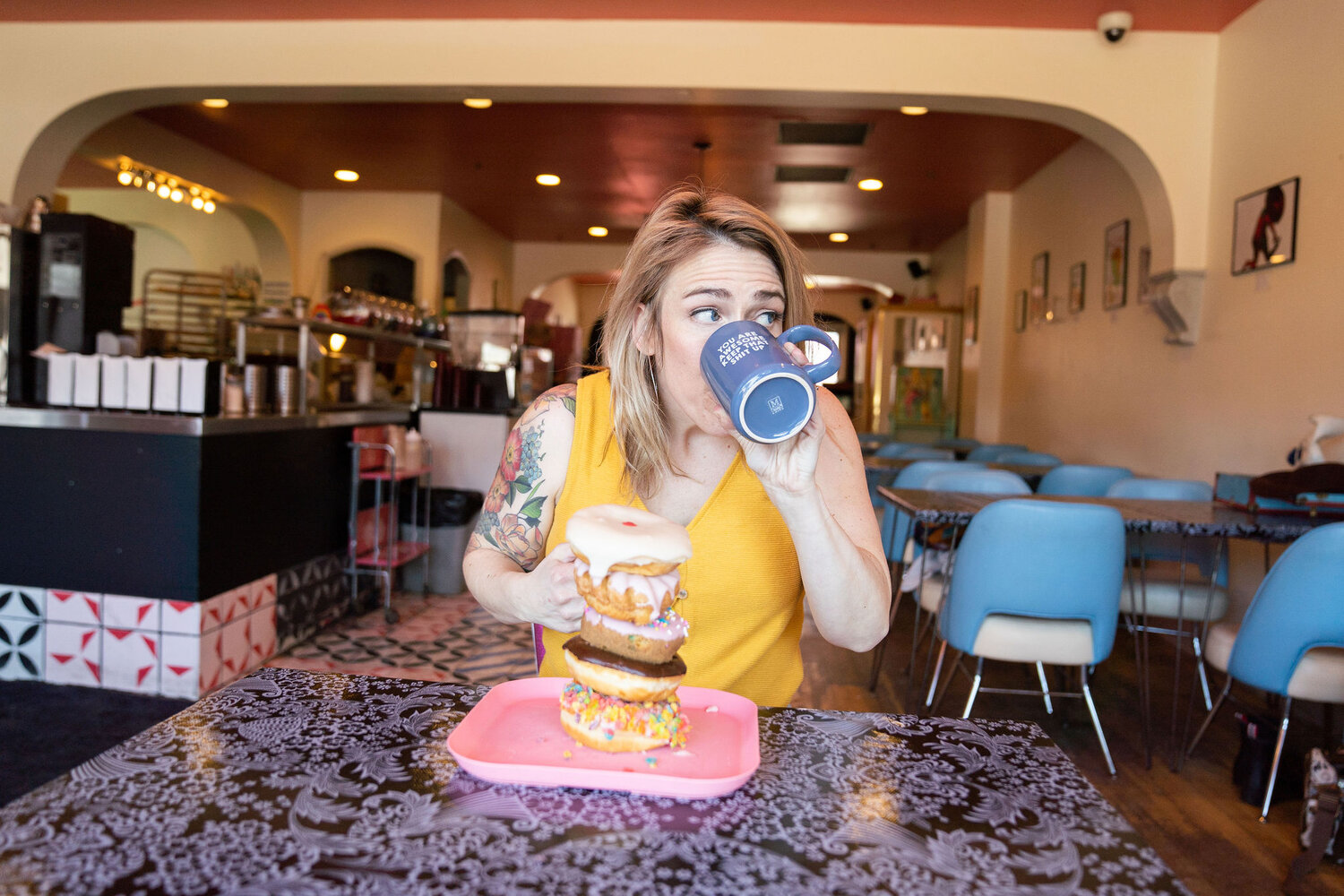
Setting the Mood for your Brand Photos
So we know the mood… how do we style for it in your session?
Once you’ve chosen (or your brand designer has chosen) a mood, it’s time to actually make it exist. But the good thing, is choosing it is actually the hardest part! Creating a chosen mood is way easier, because we’ve got some rules we can follow.
As much as I don’t love rules, humans are pretty consistent creatures. If we want to instill certain feelings, there are foolproof ways to communicate that kind of thing. The first is through what Gabrielle Scarlett, the brand designer I personally work with, refers to as “genre”. You can think about the “genre” of your work just like you would think about an album. The exact same concepts apply! It’s almost always an oversimplification, but so is calling The Beatles “Classic Rock”. So if you’ve thought about the mood already, I want you to try to summarize it into one word. The most important thing you’re sharing with your customers/clients. That’s your “genre”.
Think about what it means to you:
Then I want you to imagine that word. What would it take for a business to communicate that mood to YOU? What would you be looking for? What colors are used? What style clothing are people wearing? What does their website look like? How do they communicate with you (the imaginary customer, remember!)
Write all of this down. All of it. Create a mind map of how you’d expect that mood to be communicated. This is why it’s easier to set the mood than to choose it – because once you’ve got that list? That’s what you should aim to achieve in your business. And on a smaller scale… during your branding and headshot photos.
But don’t worry – I can help!
You don’t have to do it alone.
Luckily, there are loads of pros who can help you nail this stuff down, myself included! If you’re unsure, or you feel a little wishy-washy about the whole thing, we should chat before your session. Because whether you’re running a tech startup, or using headshots for your LinkedIn profile, we’ve got to set the mood. Otherwise, we leave room for the customer to fill in the blanks – and that just sets you up for mismatched experiences and expectations!

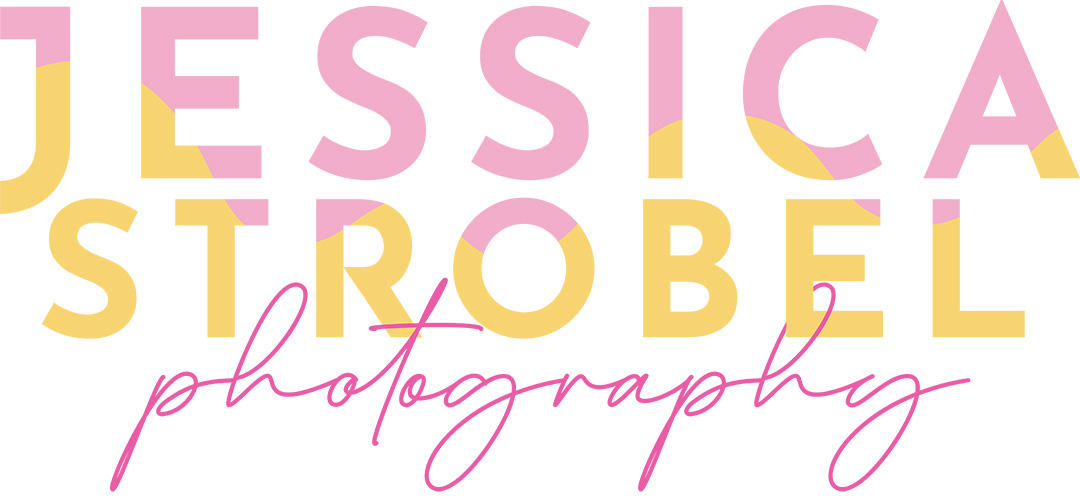
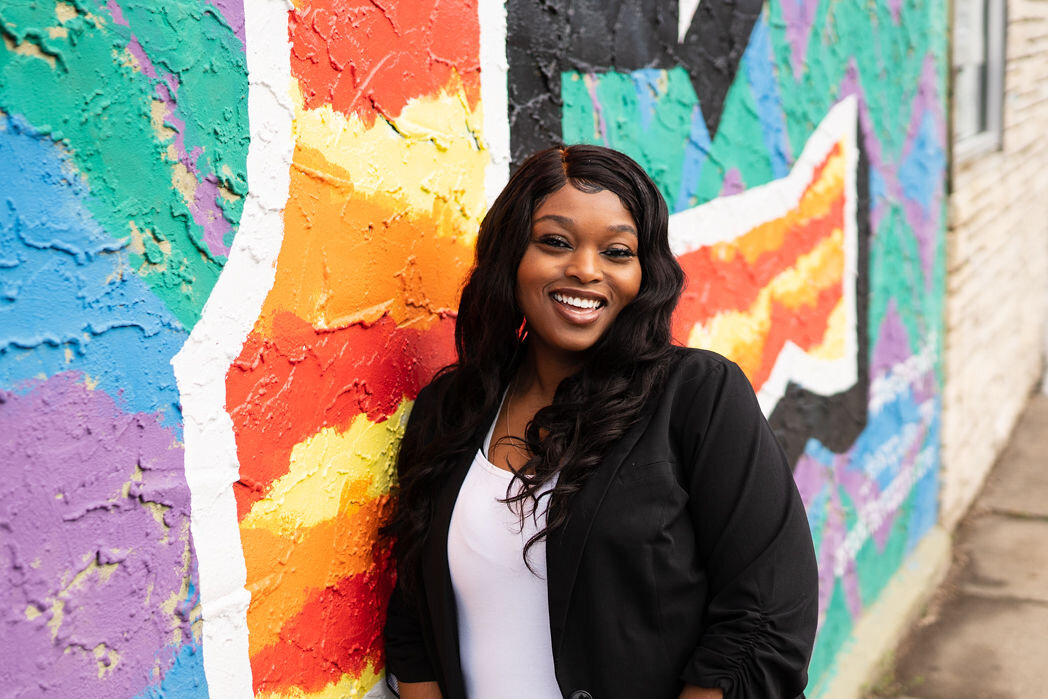



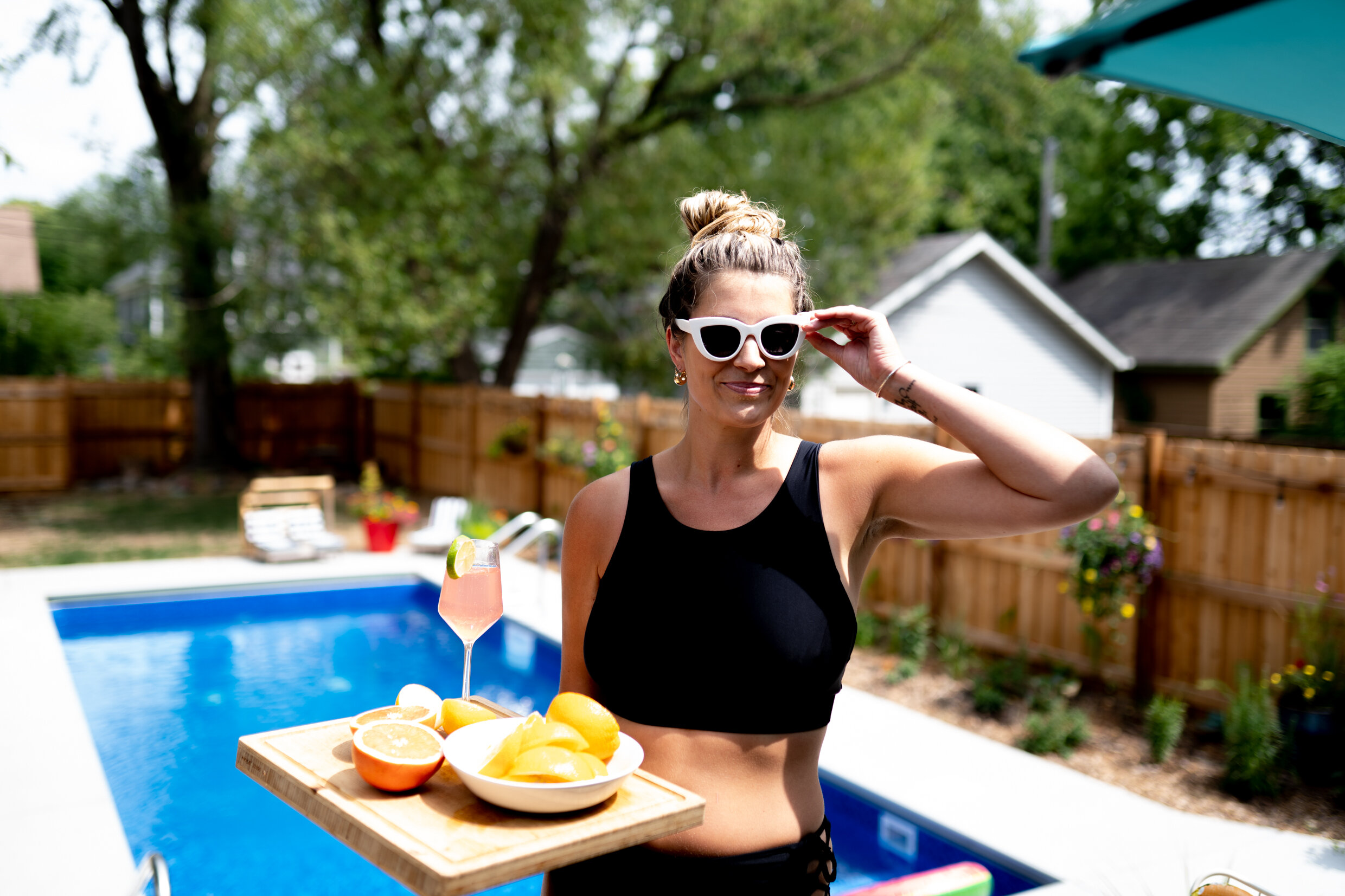

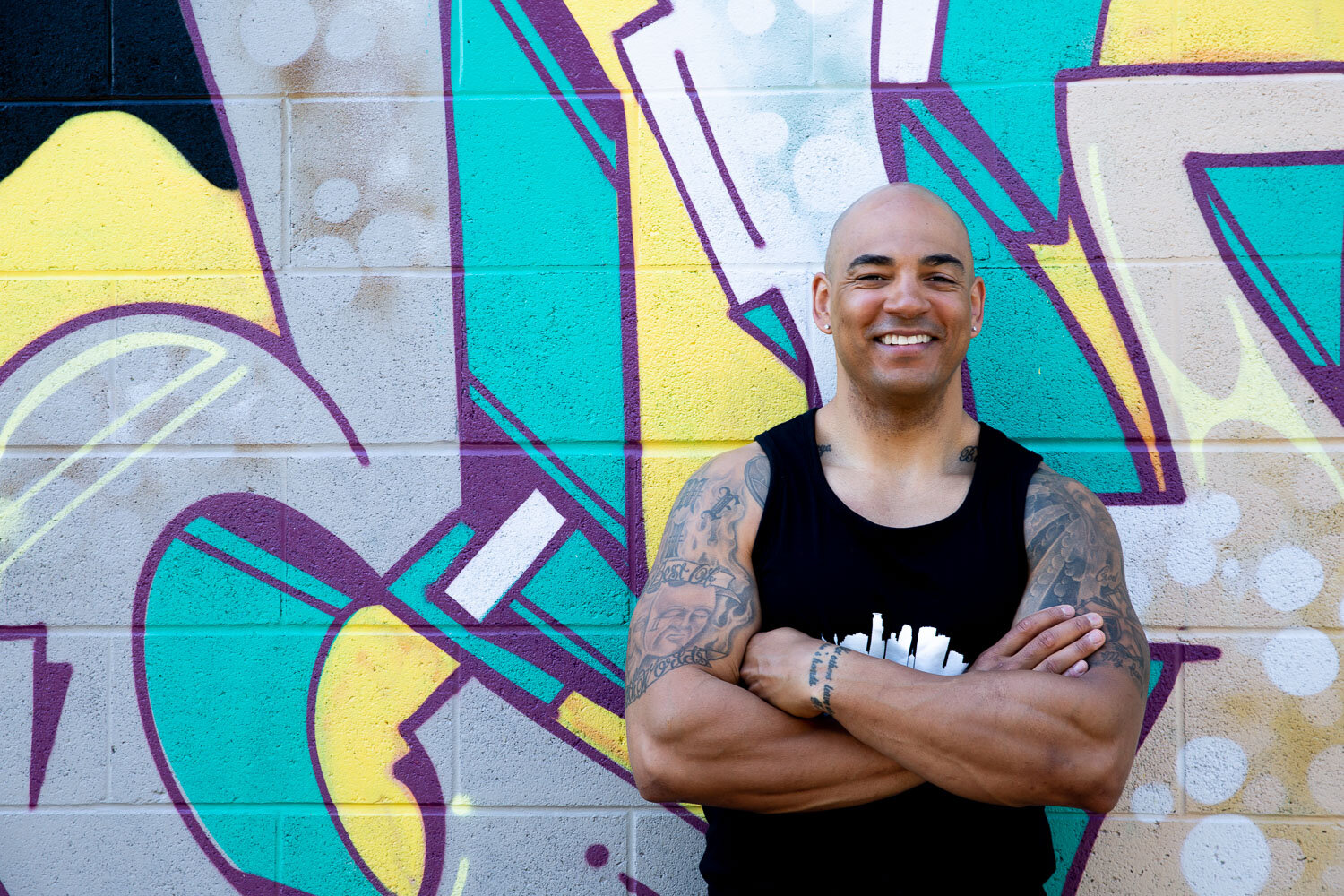
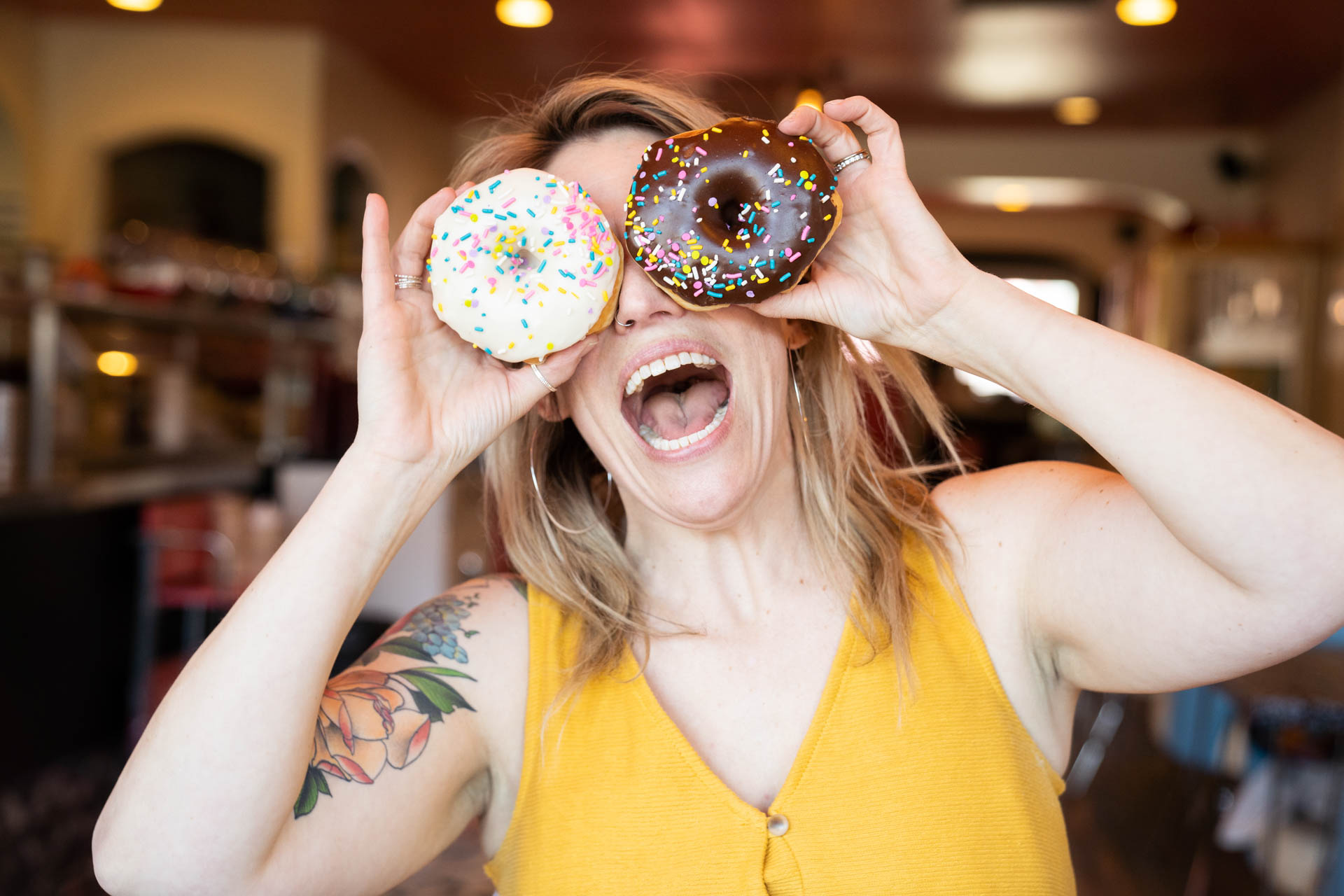
0 Comments